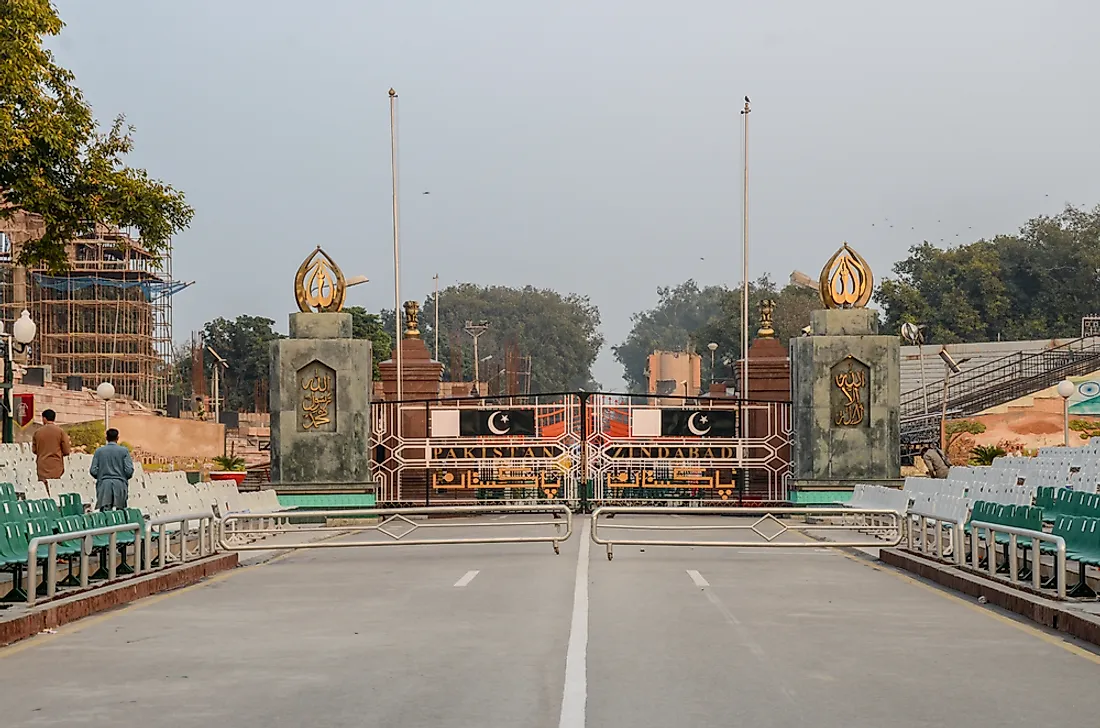What is the Radcliffe Line?

The Indian Independence Act of 1947 stated that British colonial rule would come to an end on August 15, 1947, and that the provinces of British India would be split into two dominions, the Dominion of Pakistan and the Union of India. The Radcliffe Line marked the boundary between the two new dominions, named after Sir Cyril Radcliffe, the chairman of the Boundary Commissions. Radcliffe was tasked with the equal division of the provinces of British India, which at the time encompassed 175,000 square miles and 88 million people.
Divisions of Pakistan and India
Pakistan was meant to be Muslim territory while India would remain secular. The northern provinces had a Muslim majority and were to become part of Pakistan. Baluchistan and Sindh provinces were given entirely to Pakistan; the two regions had a Muslim population of 91.8% and 72.7% respectively. Both Bengal in the northeast and Punjab in the northwest had a Muslim population of a little over 50% of the total population. Western Punjab became Western Pakistan while Eastern Punjab became East Punjab in India. Bengal was also divided with the eastern side in Pakistan and the West in India. In Punjab, there were no apparent boundaries that could separate the Muslims from the Hindu and the Sikhs, and this led to people relocating to areas with people of their communities and some of them getting killed by the opposing side.
Conflicts in the Allocation of Districts
The division did not go without conflict. There were conflicts in areas that both India and Pakistan thought should be awarded to them but went to the other party. Gurdaspur district was located in the northern part of Punjab and had four administrative divisions. Pakistan was awarded only one of the four divisions. India was awarded the three divisions which at the time had a Muslim majority, and this led to a population exchange with Muslims leaving for Pakistan and Sikhs and Hindus moving to India. The Pakistan officials felt like this division was unfair. Despite the Chittagong Hill Tracts in Bengal having a majority population of non-Muslims, it was given to Pakistan. Chittagong decided not to heed the divide and in protest raised the Indian flag; this led to an altercation between the locals and the Pakistani army. Malda district in Bengal had Muslim majority, but most of the district was awarded to India, Pakistan disputed this decision. Khulna district had a Hindu majority but was given to Pakistan while Murshidabad district with a majority Muslim population was given to India.
Border Conflicts
After the division by the commission, the governments of both sides were left to implement the borders. The line brought about several wars from residents who felt like they fell on the wrong side of the line. Three wars, in 1947, 1965, and 1971, arose from the border conflicts. The division of India and the Radcliffe Line is one of the significant events in the history of Bangladesh, Pakistan, and India.











